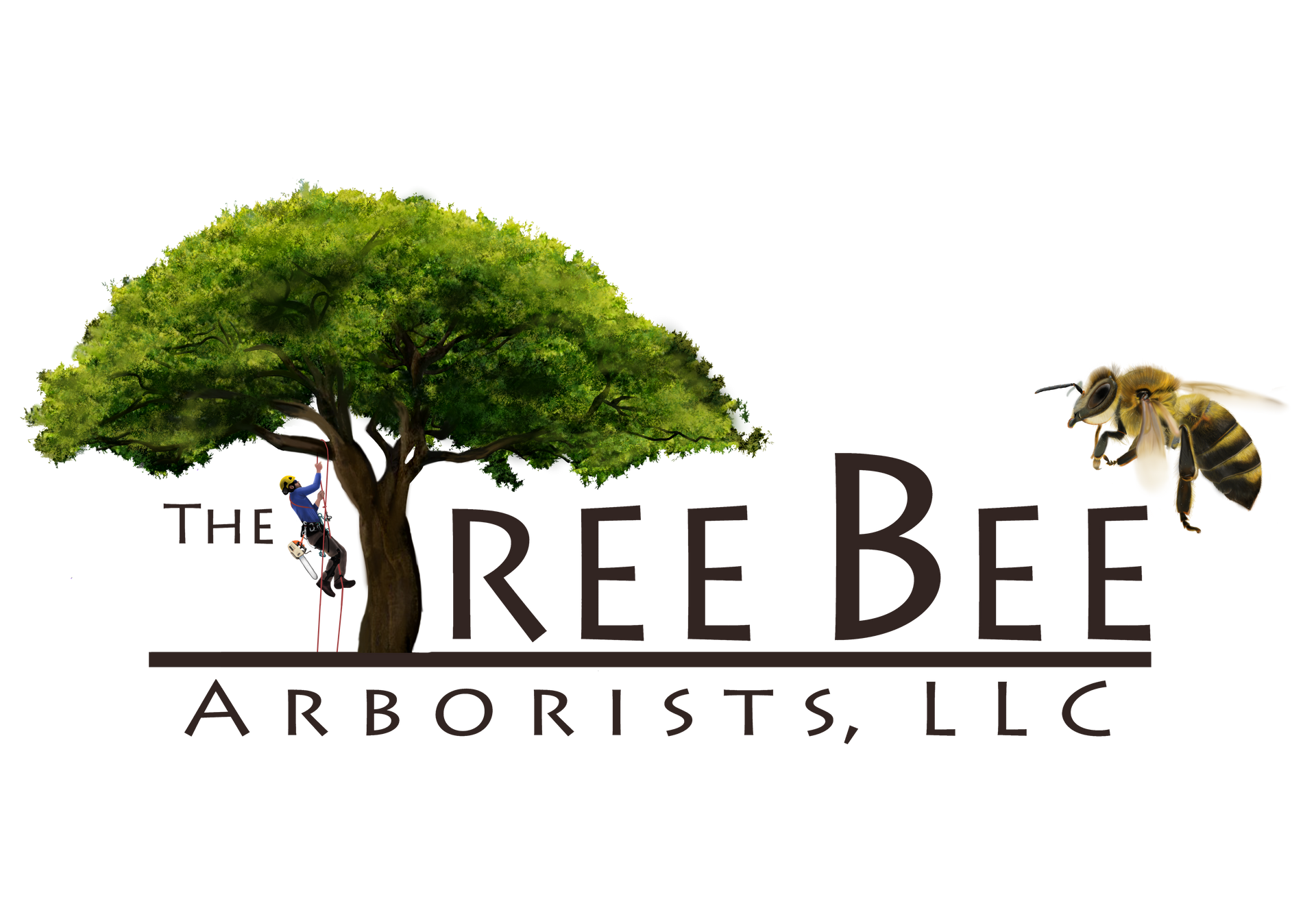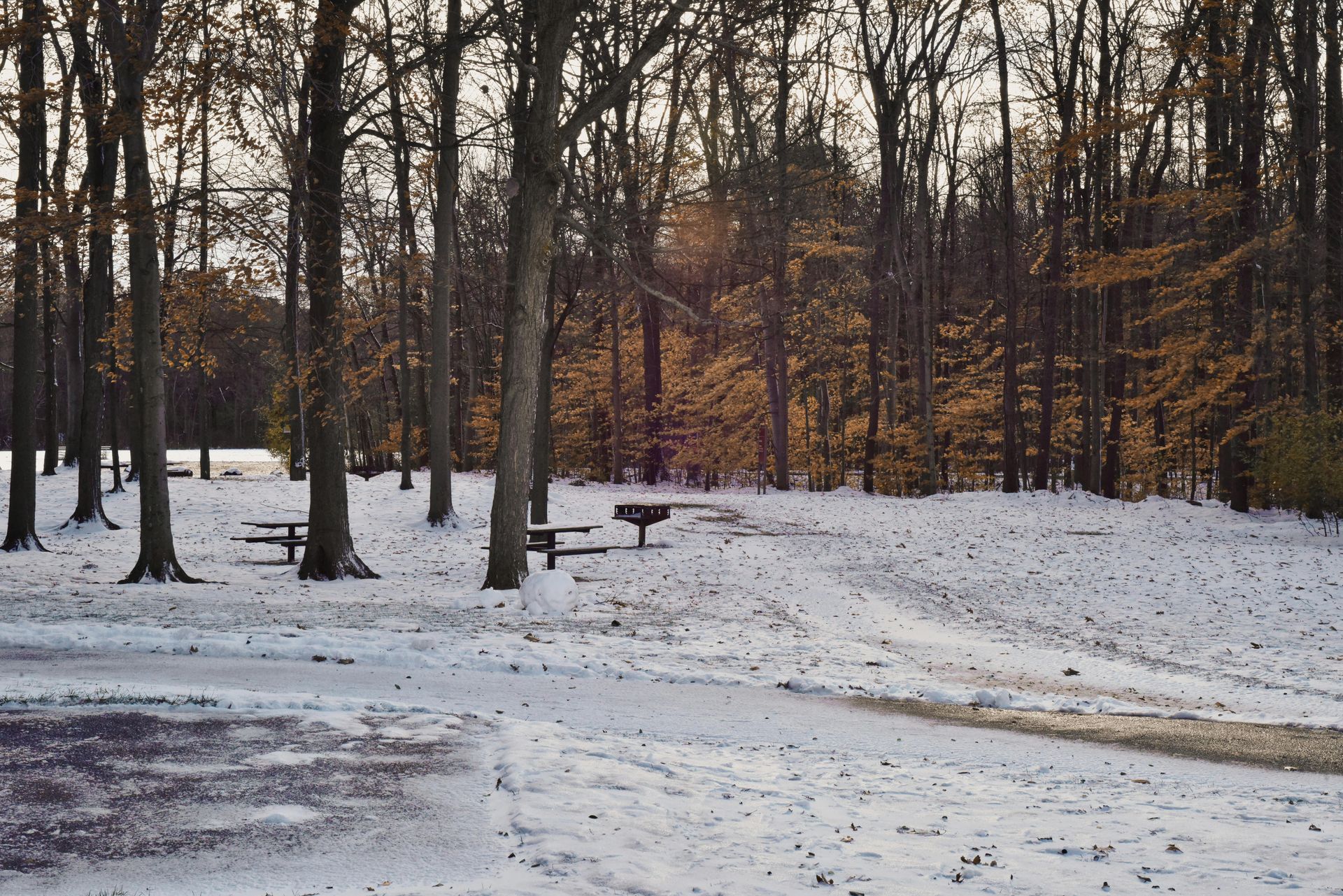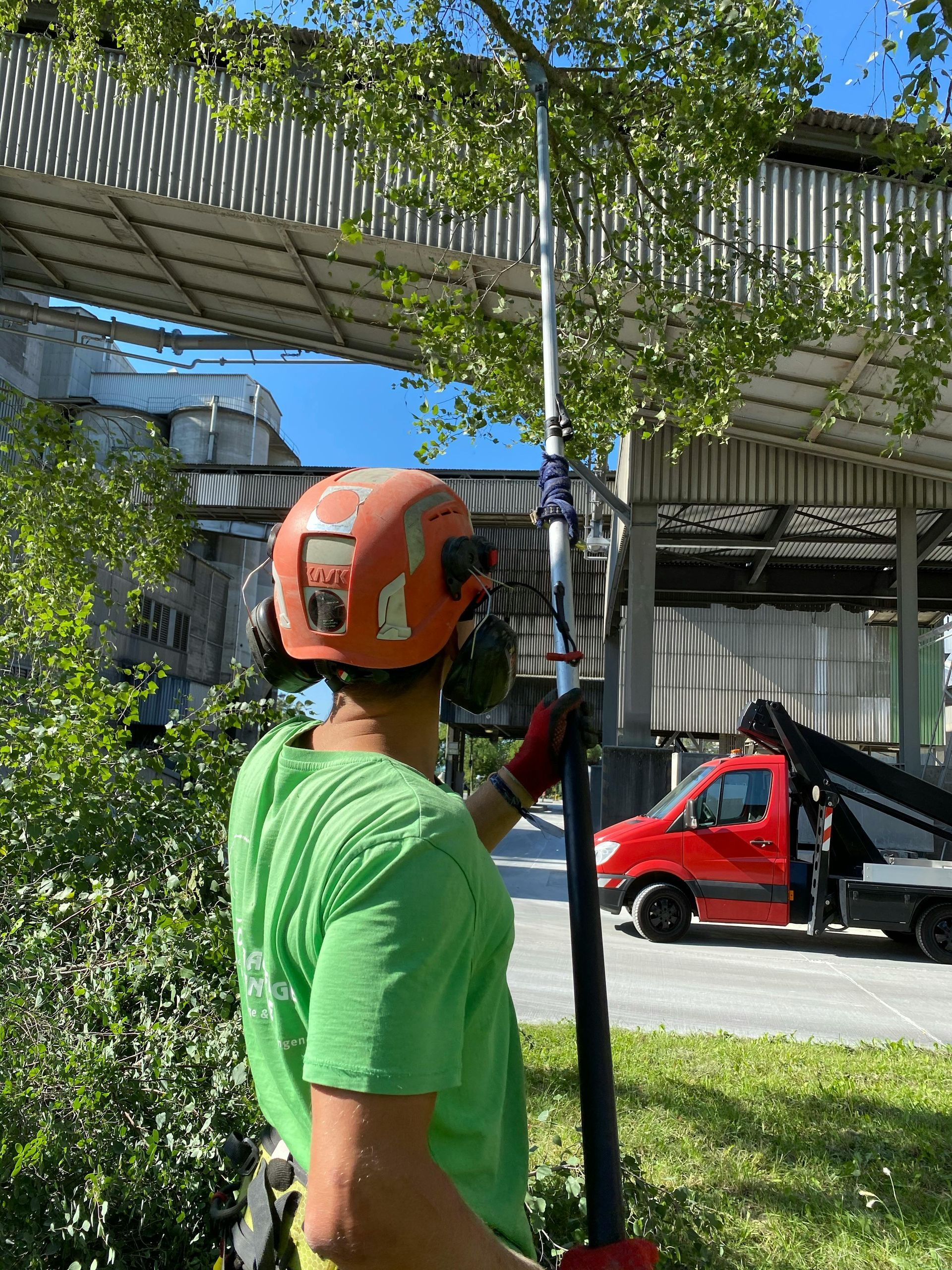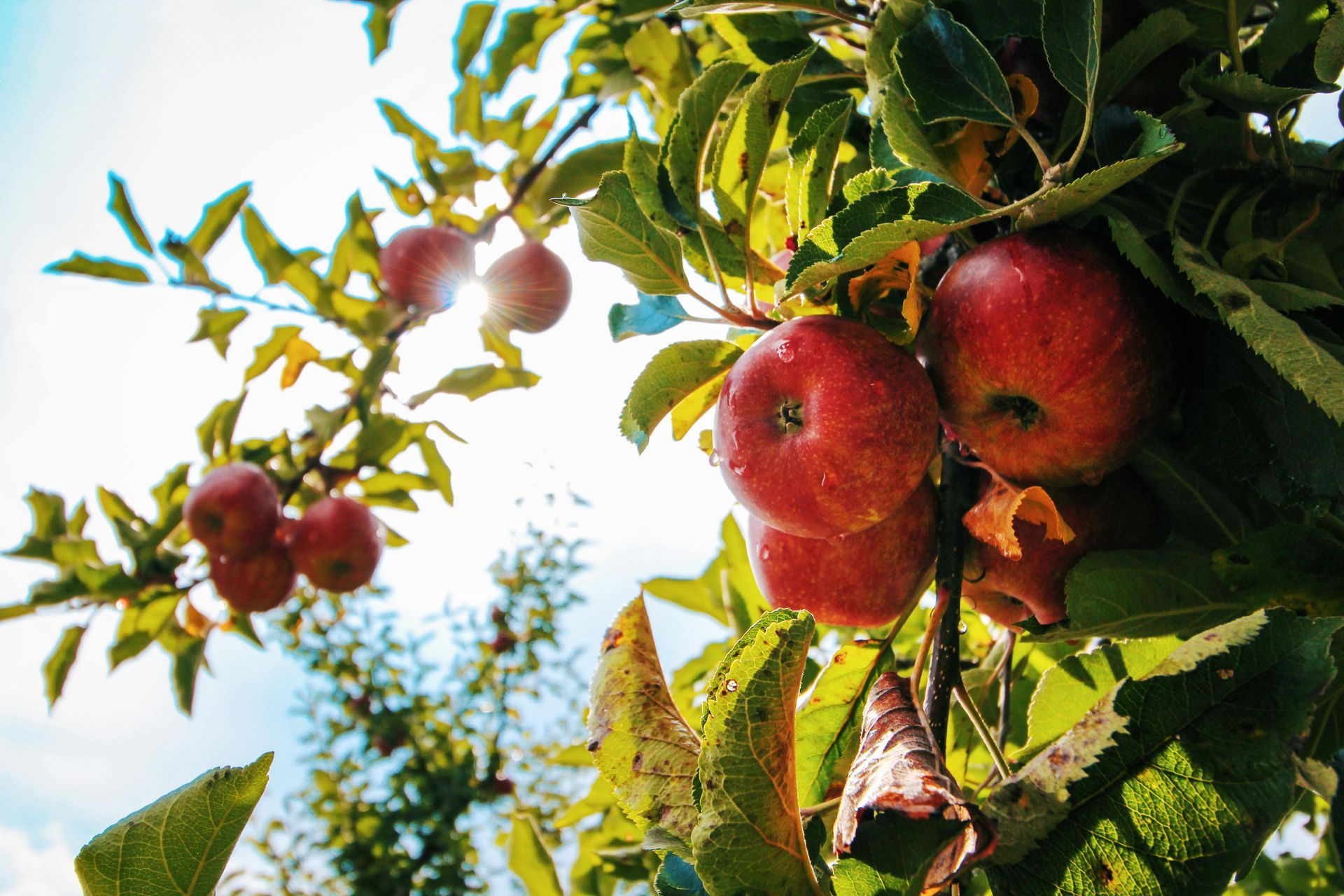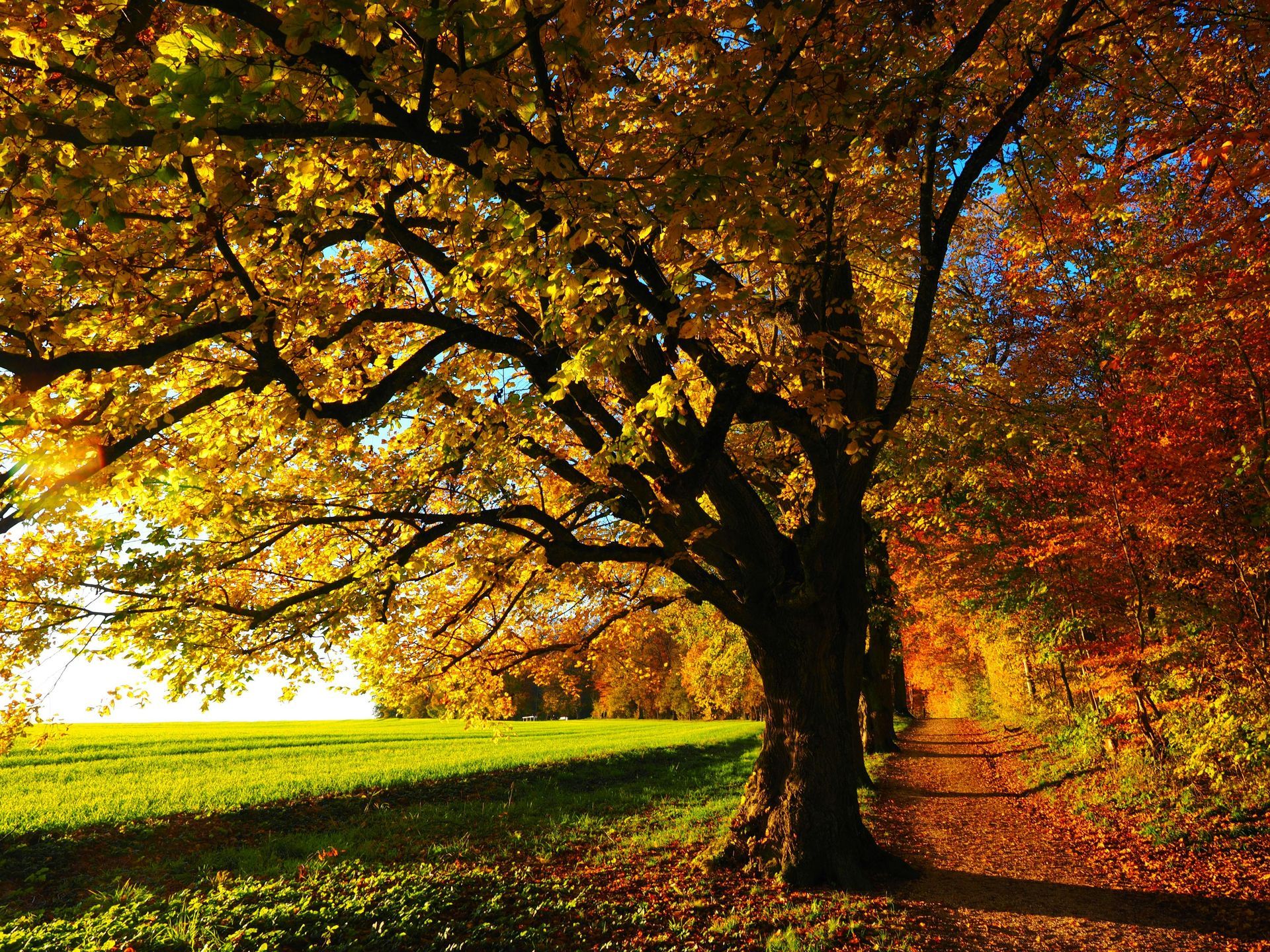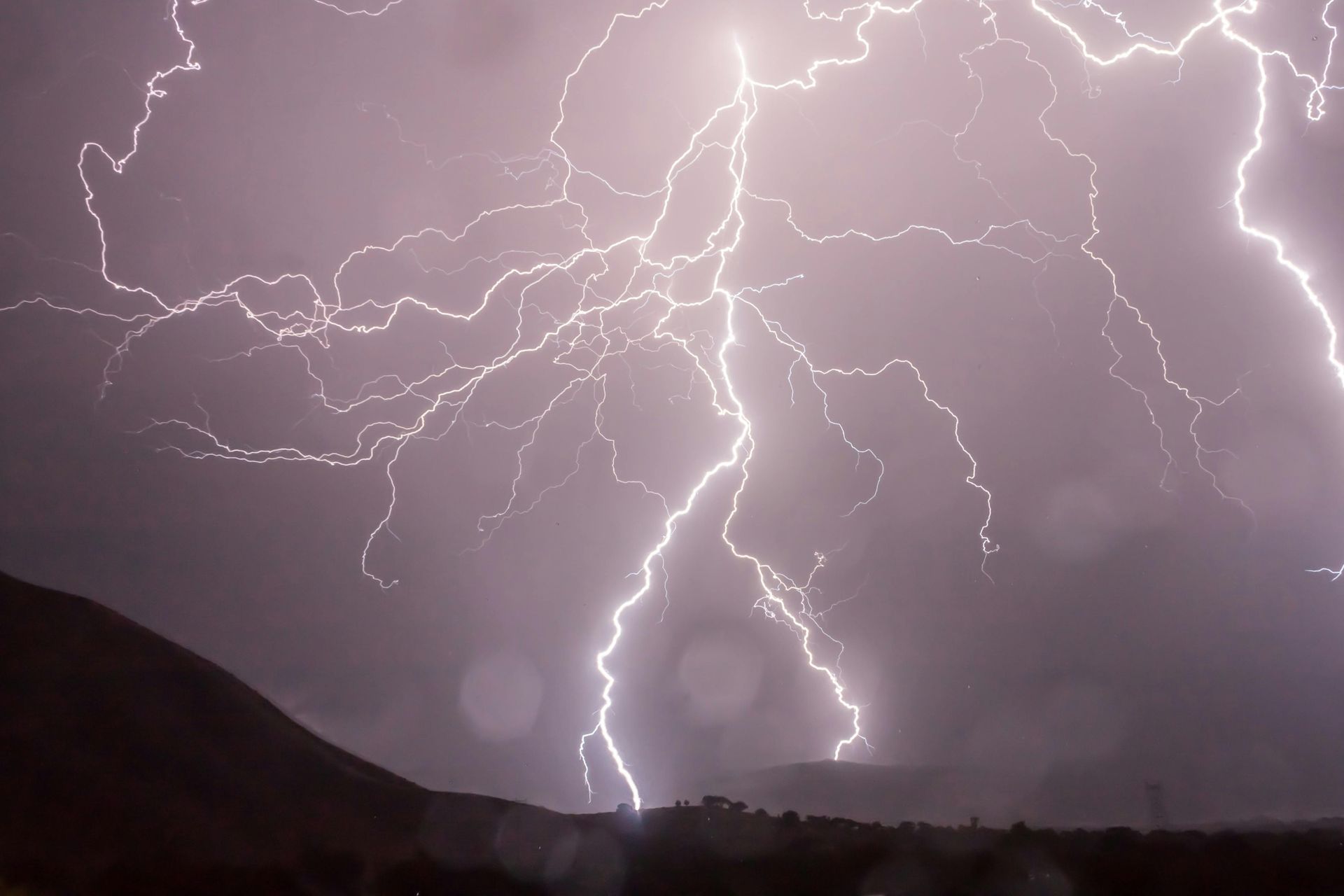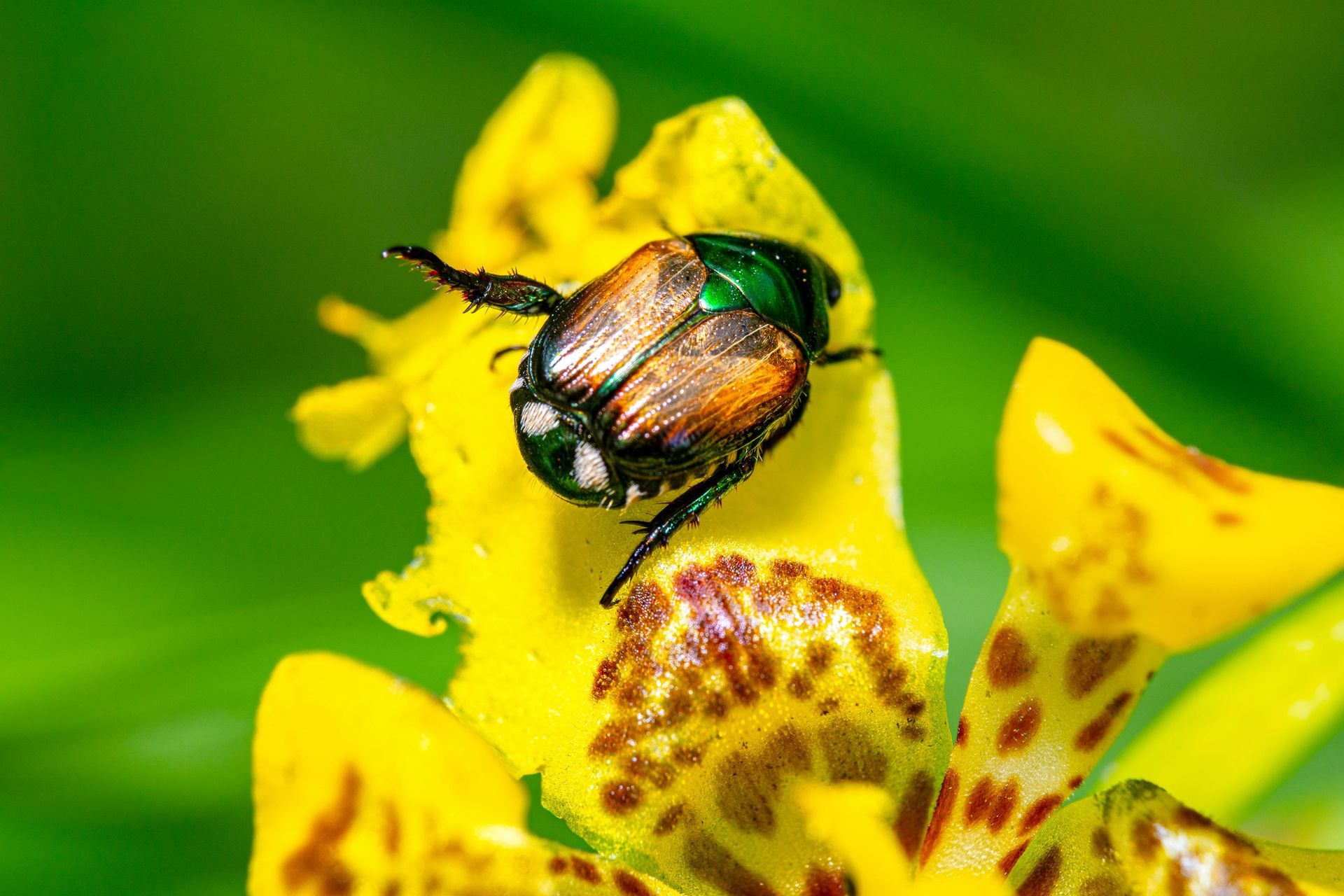Spring Tree & Shrub Care in Northwest Indiana
5 Things You Should Be Doing Right Now for a Healthier Landscape
Introduction
It’s officially spring in Northwest Indiana, and trees and shrubs are breaking dormancy and preparing for a full season of growth. Now’s the time to take action—and the work you do this month will directly impact the health, structure, and beauty of your landscape for the rest of the year.
Here are five important tasks to focus on this spring to support the long-term health of your trees and shrubs.
1️⃣ Inspect Trees & Shrubs for Winter Damage
As temperatures warm and leaves begin to emerge, take time to evaluate your landscape for lingering winter damage:
✔ Broken or hanging limbs ✔ Frost cracks or sunscald on bark ✔ Rodent damage at the base of young trees ✔ Early signs of fungal or bacterial disease (e.g., cankers, oozing sap, or decay)
💡 Pro Tip: Spring is still a great time to perform structural pruning, especially before full leaf-out. Removing weak, dead, or crossing branches now supports safer, healthier growth.
2️⃣ Apply Horticultural Oil for Early Insect Control
Many insect pests overwinter on trees and shrubs and become active in early spring. Applying horticultural oil can help control:
🔹 Scale insects 🔹 Mites 🔹 Aphids
🌡 Timing tip: Apply when temperatures are consistently above freezing, ideally before or just as buds break. This reduces early pest pressure while minimizing impact on beneficial insects.
3️⃣ Deep Root Fertilization with an Eco-Friendly Approach
Feeding trees and shrubs in spring helps them recover from winter stress and build strength for the season ahead—but not all fertilization is created equal.
We use a slow-release, eco-conscious formulation delivered directly to the root zone. This supports:
✔ Root development and nutrient uptake ✔ Soil health and microbial activity ✔ Resilience to pests and environmental stress
💧 We don’t aim for a fast “green-up”—we focus on sustainable, long-term plant health. And we only recommend nutrient additives like iron or manganese based on lab-tested soil or foliar results.
4️⃣ Evaluate Soil Health and Structure
Healthy trees start with healthy soil. Spring is the perfect time to:
🧪 Conduct a soil test (to assess pH, organic matter, and nutrient levels) 🌱 Apply compost or humic acid to boost soil biology 🛠 Address drainage or compaction issues caused by winter freeze-thaw cycles
Better soil equals better roots—which means healthier, more resilient trees and shrubs.
5️⃣ Mulch for Moisture, Temperature & Root Protection
Mulching in early spring helps trees and shrubs retain moisture, buffer soil temps, and suppress weeds. Just remember the key rules:
✔ Apply 2–3 inches of organic mulch ✔ Keep mulch away from the trunk flare (no volcanoes!) ✔ Top-dress existing mulch—don’t pile it deeper each year
A well-mulched tree is better protected from drought, mechanical damage, and root competition.
🌿 Final Thoughts
Spring is one of the most important windows for tree and shrub care. These five steps—inspection, pest prevention, proper feeding, soil care, and mulching—create a solid foundation for the growing season ahead.
📞 Need help with your spring tree care? Contact us today to schedule a consultation.
